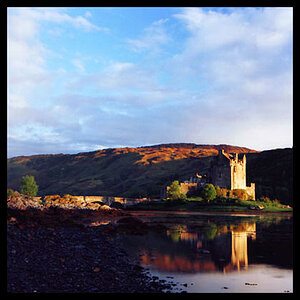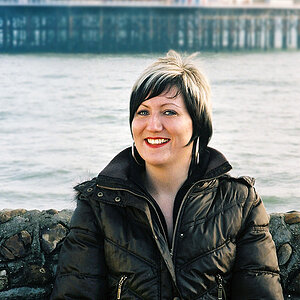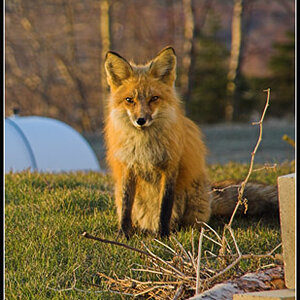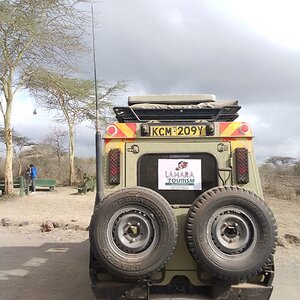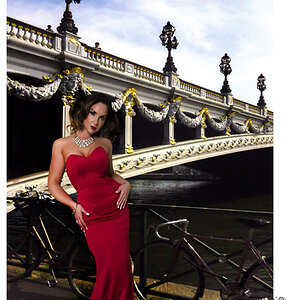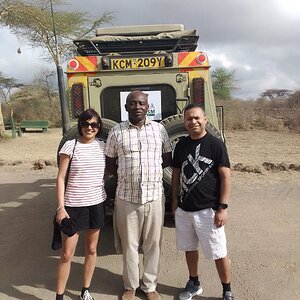Ysarex
Been spending a lot of time on here!
- Joined
- Nov 27, 2011
- Messages
- 7,139
- Reaction score
- 3,698
- Location
- St. Louis
- Can others edit my Photos
- Photos OK to edit
.....The only reason that the DOF varies is because people generally tend to get closer to the subject when they are using a larger sensor.....
That's just flat-out wrong. Go back and read through the thread.
Joe


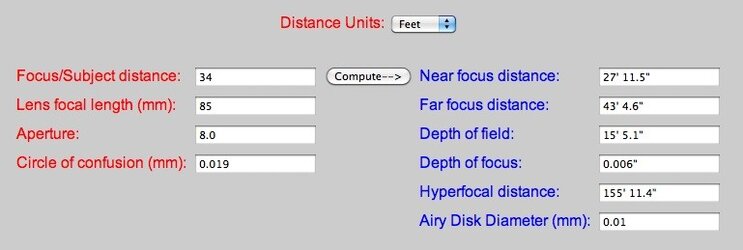



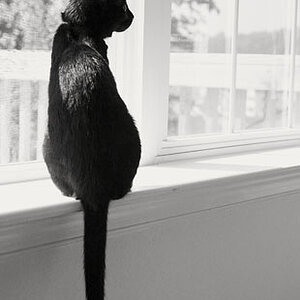
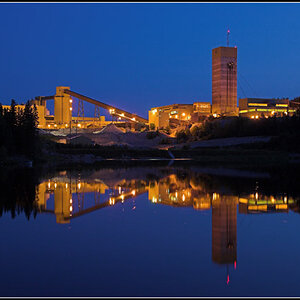
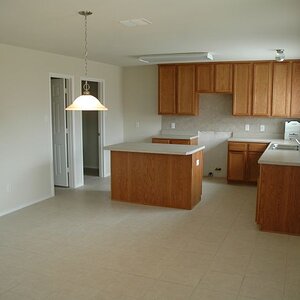
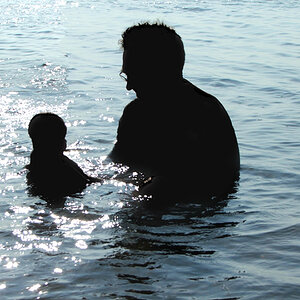
![[No title]](/data/xfmg/thumbnail/37/37634-504722605a418b398f3cd1dbabf936e5.jpg?1619738156)
